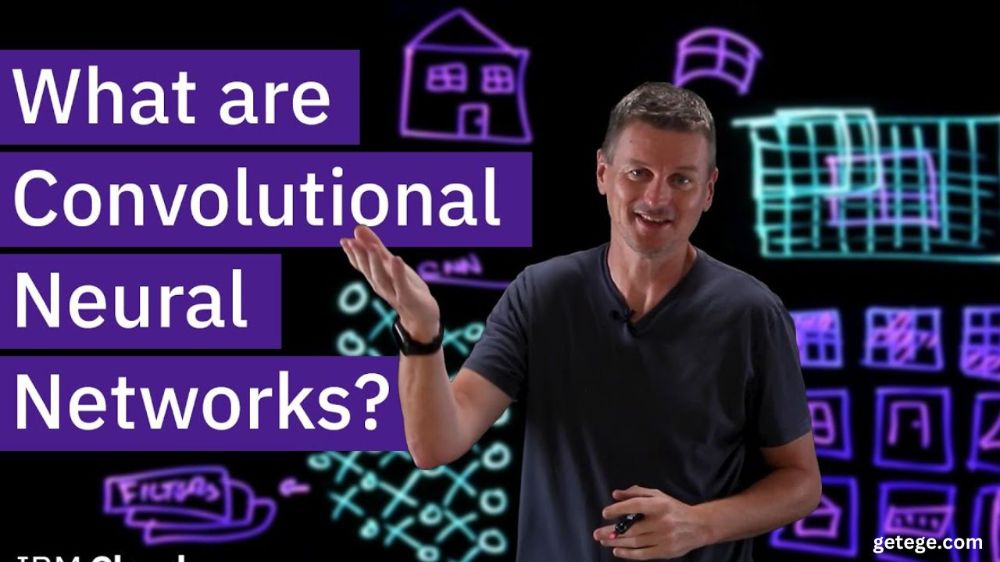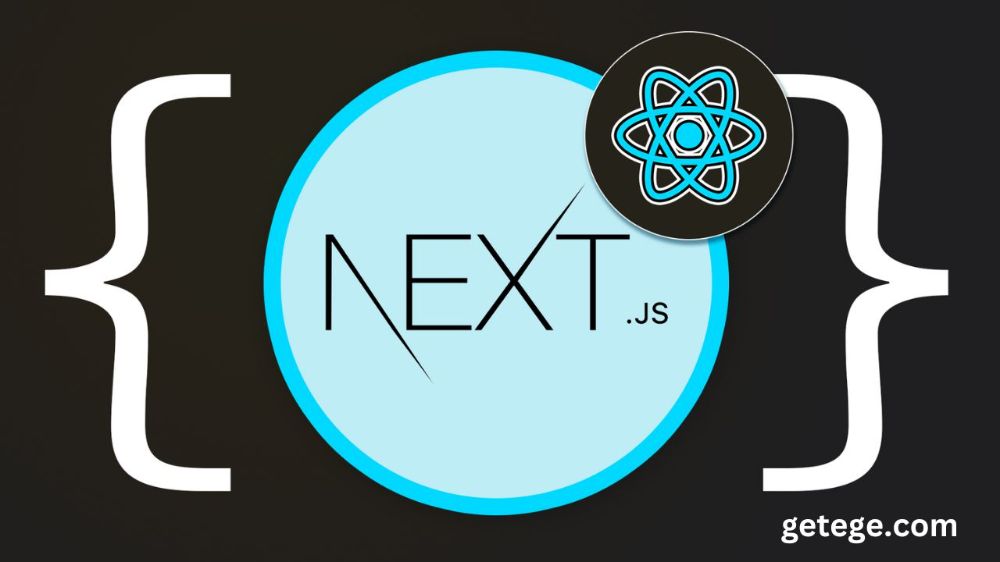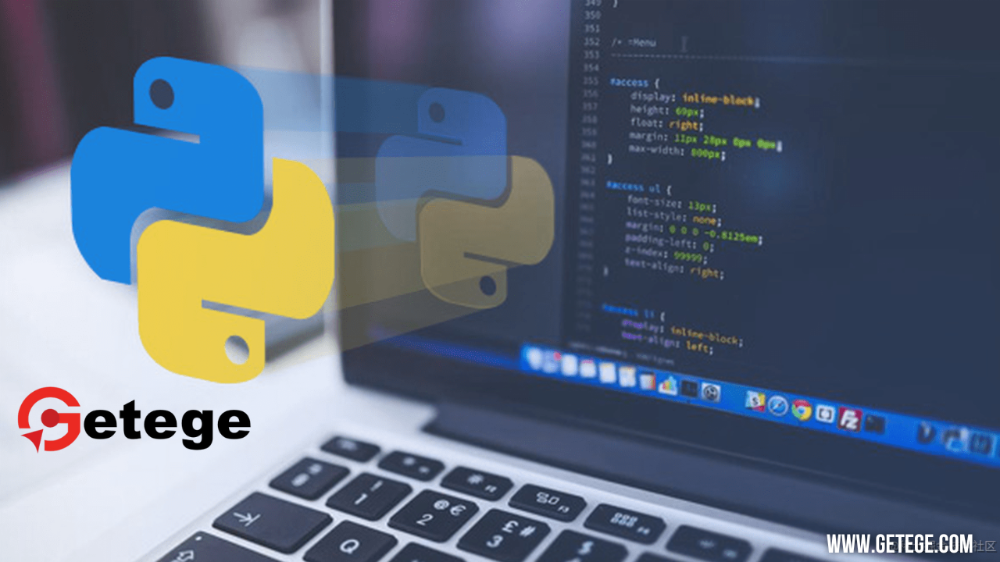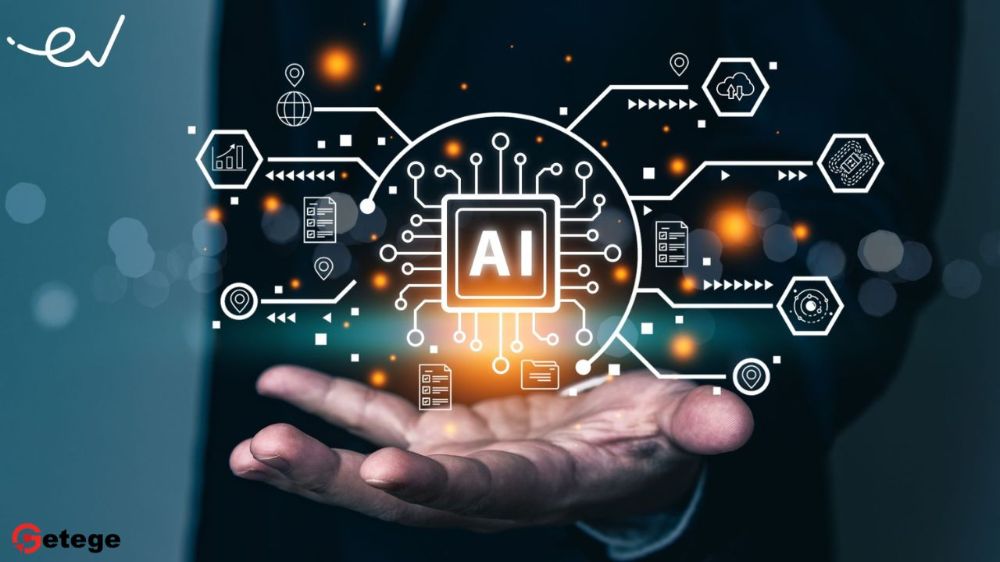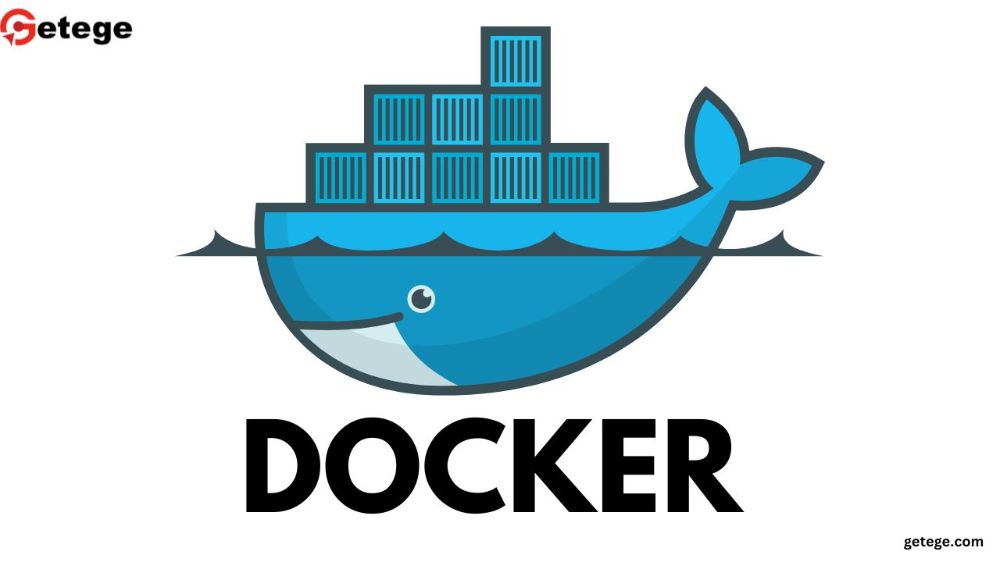Demystifying Neural Networks: From Basics to Advanced Techniques
Neural networks are at the core of modern artificial intelligence (AI), mimicking the way the human brain processes information. Inspired by the neurons in our brain, these networks are designed to recognize patterns, make decisions, and predict outcomes from data. Over the past few decades, neural networks have revolutionized industries, driving advances in areas like image recognition, language translation, and even self-driving cars.
History of Neural Networks
Neural networks have been around longer than you might think. The idea first emerged in the 1940s with the creation of the first artificial neuron by Warren McCulloch and Walter Pitts. However, early attempts struggled due to limited computational power and the complexity of the models.
The field saw a resurgence in the 1980s when backpropagation—a method to efficiently train neural networks—was introduced. As computing power grew, so did the complexity of the problems neural networks could solve. By the 2000s, neural networks became a fundamental part of AI, powering advancements in machine learning and deep learning.
Understanding How Neural Networks Work
At its core, a neural network consists of interconnected layers of nodes (often called neurons). Each layer plays a specific role:
- Input Layer: This layer receives the raw data (like an image or text).
- Hidden Layers: These layers perform complex computations and transformations on the data.
- Output Layer: This provides the final result, like classifying an image as a cat or dog.
What makes these networks powerful is the way they adjust the connections between neurons. Each connection has a weight, and during training, these weights are tweaked to minimize the error in predictions.
The Building Blocks of Neural Networks
The fundamental components of neural networks are:
- Artificial Neurons (Nodes): These are the basic units that process input data.
- Weights and Biases: Each connection between neurons is assigned a weight, determining the importance of that connection. Biases shift the output of neurons to improve accuracy.
- Forward and Backpropagation: In forward propagation, data flows through the network from input to output. In backpropagation, the network learns by adjusting weights based on the error in predictions.
- Learning Rate and Gradient Descent: These control how fast the network learns. Gradient descent is the algorithm that minimizes the error by adjusting weights.
Types of Neural Networks
Neural networks come in various architectures, each tailored to specific tasks:
- Feedforward Neural Networks (FNN): The simplest type, where data flows in one direction from input to output.
- Recurrent Neural Networks (RNN): Designed to handle sequential data like time series or sentences, with loops that allow them to remember previous information.
- Convolutional Neural Networks (CNN): Ideal for image processing, CNNs use filters to detect features like edges or textures.
- Generative Adversarial Networks (GAN): These consist of two networks (a generator and a discriminator) competing against each other, often used for generating realistic images.
Deep Learning and Neural Networks
Deep learning is a subset of machine learning that relies heavily on neural networks, particularly those with multiple layers (deep networks). These deep networks can learn complex patterns and are essential for tasks like speech recognition and image classification.
For instance, a deep neural network might have 10 or more layers, each progressively extracting more abstract features from the data, enabling it to identify patterns that were previously undetectable.
Training a Neural Network
Training a neural network is where the magic happens. Here’s how it works:
- Data Preparation and Preprocessing: Data must be cleaned, scaled, and split into training, validation, and test sets.
- Epochs, Batch Sizes, and Iterations: These define how many times the model sees the entire dataset, how much data it processes at once, and how often it updates its weights.
- Loss Functions: These measure how far the predicted output is from the actual result. The model’s goal is to minimize this loss.
Challenges in Neural Networks
While neural networks are incredibly powerful, they also face some challenges:
- Overfitting and Underfitting: Overfitting happens when the model learns too much from the training data and performs poorly on new data. Underfitting occurs when the model doesn’t learn enough patterns from the data.
- Vanishing Gradient Problem: In deep networks, gradients (which guide learning) can become very small, making it hard for the network to learn.
- Computational Complexity: Neural networks, especially deep ones, require significant computational resources and time to train.
Applications of Neural Networks
Neural networks are now integral to many applications:
- Computer Vision: Neural networks can identify objects, faces, or actions in images and videos.
- Natural Language Processing (NLP): Used for language translation, sentiment analysis, and chatbots.
- Autonomous Vehicles: Neural networks process sensor data to help cars navigate the environment.
- Healthcare: Used in diagnosing diseases, developing treatment plans, and personalizing patient care.
Real-World Examples of Neural Networks
Neural networks power technologies we use daily:
- Image Recognition: Platforms like Google Photos use neural networks to categorize and tag photos.
- Language Models: Tools like GPT (which you’re interacting with) and BERT are driven by neural networks that understand and generate human-like text.
- Voice Assistants: Siri and Alexa use neural networks to understand and respond to voice commands.
Advantages of Neural Networks
Why are neural networks so popular?
- Learning from Data: Neural networks can automatically learn and improve from data without explicit programming.
- Adaptability: They can be applied to a wide variety of fields.
- Feature Extraction: Neural networks can discover the important features in raw data on their own, eliminating the need for manual feature engineering.
Limitations of Neural Networks
Despite their strengths, neural networks have limitations:
- Computationally Intensive: Training large networks requires powerful hardware and lots of time.
- Black-Box Nature: Neural networks don’t easily reveal how they make decisions, making them hard to interpret.
- Need for Large Data: To perform well, neural networks need vast amounts of labeled data, which isn’t always available.
Future Trends in Neural Networks
The future of neural networks looks promising, with trends like:
- More Efficient Algorithms: Researchers are developing models that require less data and computing power.
- Neuromorphic Computing: Inspired by the human brain, this field seeks to build AI systems that operate more efficiently.
- AI Ethics: As AI becomes more powerful, ensuring responsible and ethical use is crucial.
Ethical Considerations in Neural Networks
Neural networks raise important ethical issues, such as:
- Bias and Fairness: If trained on biased data, neural networks can produce unfair outcomes.
- Transparency: It's important to make AI systems’ decisions more understandable to users.
- Job Displacement: As neural networks automate more tasks, the impact on jobs must be considered.
Conclusion
Neural networks have revolutionized the way we approach AI, unlocking new possibilities in numerous fields. While there are still challenges to overcome, the advancements in neural networks are pushing the boundaries of what machines can achieve. As we continue to innovate, these powerful systems will undoubtedly play a key role in shaping the future of technology.
